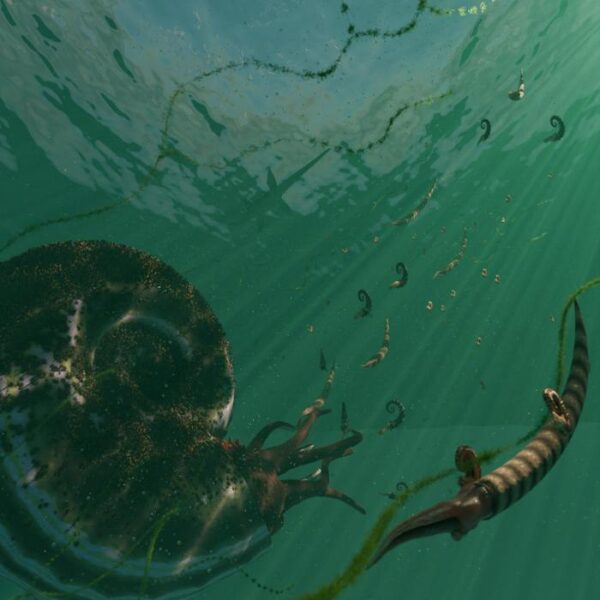New research reveals that ammonites, ancient marine mollusks with iconic coiled shells, were flourishing globally right up until their abrupt extinction 66 million years ago. This finding contradicts earlier beliefs that these creatures were in decline long before the event that wiped out non-avian dinosaurs.
Museum Collections Unveil Ammonite Diversity
A team of international researchers, including Dr. Austin Hendy from the Natural History Museum of Los Angeles County, used museum collections to map ammonite diversity worldwide just before their extinction. Published in Nature Communications, the study paints a more complex picture of these fascinating creatures’ final chapter.
Dr. Joseph Flannery-Sutherland, the lead author, explained the challenge: “Understanding how and why biodiversity has changed through time is very challenging. The fossil record tells us some of the story, but it is often an unreliable narrator. Patterns of diversity can just reflect patterns of sampling, essentially where and when we have found new fossil species, rather than actual biological history.”
To address this issue, the team created a new database of Late Cretaceous ammonite fossils. Cameron Crossan, a co-author and recent graduate from the University of Bristol, said, “We drew on museum collections to provide new sources of specimens rather than just relying on what had already been published. This way, we could be sure that we were getting a more accurate picture of their biodiversity prior to their total extinction.”
Regional Differences in Ammonite Evolution
The researchers analyzed how ammonite speciation and extinction rates varied across different parts of the globe. They found that instead of a uniform decline, these rates changed both over time and between geographic regions.
Dr. James Witts of the Natural History Museum, London, emphasized the importance of this finding: “These differences in ammonoid diversification around the world is a crucial part of why their Late Cretaceous story has been misunderstood. Their fossil record in parts of North America is very well sampled, but if you looked at this alone, then you might think that they were struggling while they were actually flourishing in other regions. Their extinction really was a chance event and not an inevitable outcome.”
The team also investigated factors that might have influenced ammonite diversity over time, considering both environmental conditions and biological processes. Dr. Corinne Myers of the University of New Mexico noted, “What we found was that the causes of ammonite speciation and extinction were as geographically varied as the rates themselves. You couldn’t just look at their total fossil record and say that it was driven entirely by changing temperature, for example. It was more complex than that and depended on where in the world they were living.”
This research challenges simplistic explanations for changes in fossil diversity. As Dr. Flannery Sutherland concluded, “Palaeontologists are frequently fans of silver bullet narratives for what drove changes in a group’s fossil diversity, but our work shows that things are not always so straightforward.”
The study not only reshapes our understanding of ammonite evolution but also highlights the value of museum collections in paleontological research. It serves as a reminder that the story of life on Earth is often more nuanced and complex than we initially assume.


